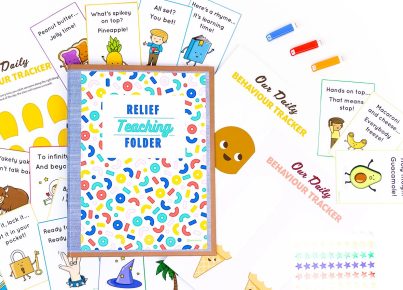Being a teacher comes with its fair share of responsibilities, and one of the most challenging aspects can be setting boundaries with students and learning how to say no without feeling mean or disrespectful. While it is important to establish healthy limits, it’s perfectly natural for teachers to worry about coming across as unkind or unwelcoming. With that in mind, here are some tips and strategies on how to say no as a teacher without feeling mean.
1. Be Assertive, Yet Compassionate
When saying no, it’s essential to strike a balance between being assertive and compassionate. State your answer clearly and confidently while showing empathy for the student’s situation. This approach will demonstrate that you respect the student’s feelings and are not intending to be harsh.
2. Offer Alternatives or Solutions
To avoid feeling mean when denying a student’s request, consider offering alternative solutions. By suggesting another route or option for them to pursue, you show that you are invested in their success and wellbeing even if you cannot accommodate their initial request.
3. Be Consistent with Rules and Boundaries
One of the keys to saying no without feeling mean is being consistent with the rules and boundaries you’ve established in your classroom. Make clear from the onset what guidelines must be followed, and enforce them fairly across all your students. This way, when you have to say no, it won’t come across as personal or targeted at any individual student.
4. Explain Your Reasoning
Take the time to explain the reasoning behind your decision when saying no so that your students understand why their request was not approved. By helping them grasp the rationale behind your actions, they will be more likely to appreciate your perspective and view your response as justified.
5. Practice Active Listening
Before saying no, make sure you have listened carefully to the student’s request or concern. Show them that you value their thoughts and validate their feelings. Acknowledging their standpoint will help counterbalance the inevitable disappointment of having their request denied.
6. Use Positive Language
The way you phrase your response can make a significant difference in how it is perceived. Instead of focusing on the negative aspects of what you cannot do, emphasize the positive or constructive elements of your response. For example, if you cannot provide extra credit to a student, explain that hard work and improvement will have more impact on their grade than one extra assignment.
7. Be Fair and Transparent
Ensure that you’re fair in your decisions and maintain transparency in your approach to handling students’ requests. This means not showing favoritism or making exceptions for certain students, as this can lead to resentment from others and negatively affect the classroom environment.
In conclusion, saying no as a teacher doesn’t have to involve feeling mean or uncompassionate. By following these tips and practicing effective communication skills, you can uphold a caring and supportive classroom atmosphere even when faced with difficult decisions. Remember that setting boundaries is vital for maintaining a healthy learning environment for both you and your students.





